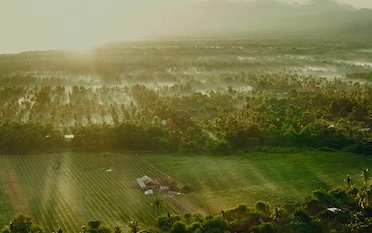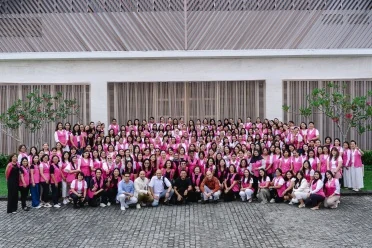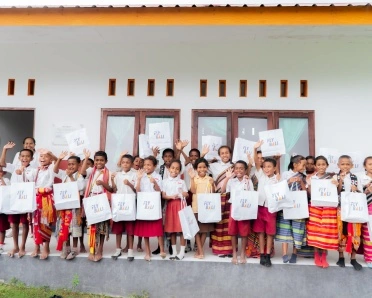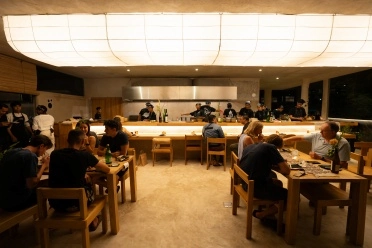Nestled amidst the lush landscapes of Bali, Indonesia, lies a timeless marvel of agricultural ingenuity and cultural heritage—the Balinese Subak irrigation system. With roots dating back over a thousand years, this intricate system has not only sustained the island's agrarian life but also showcased the harmonious coexistence of Balinese culture with nature. In this article, we will delph into the magnificent 'Subak' and its significance in Balinese cultural heritage.
The Wonders of ‘Subak’ Irrigation System
Origin and Evolution
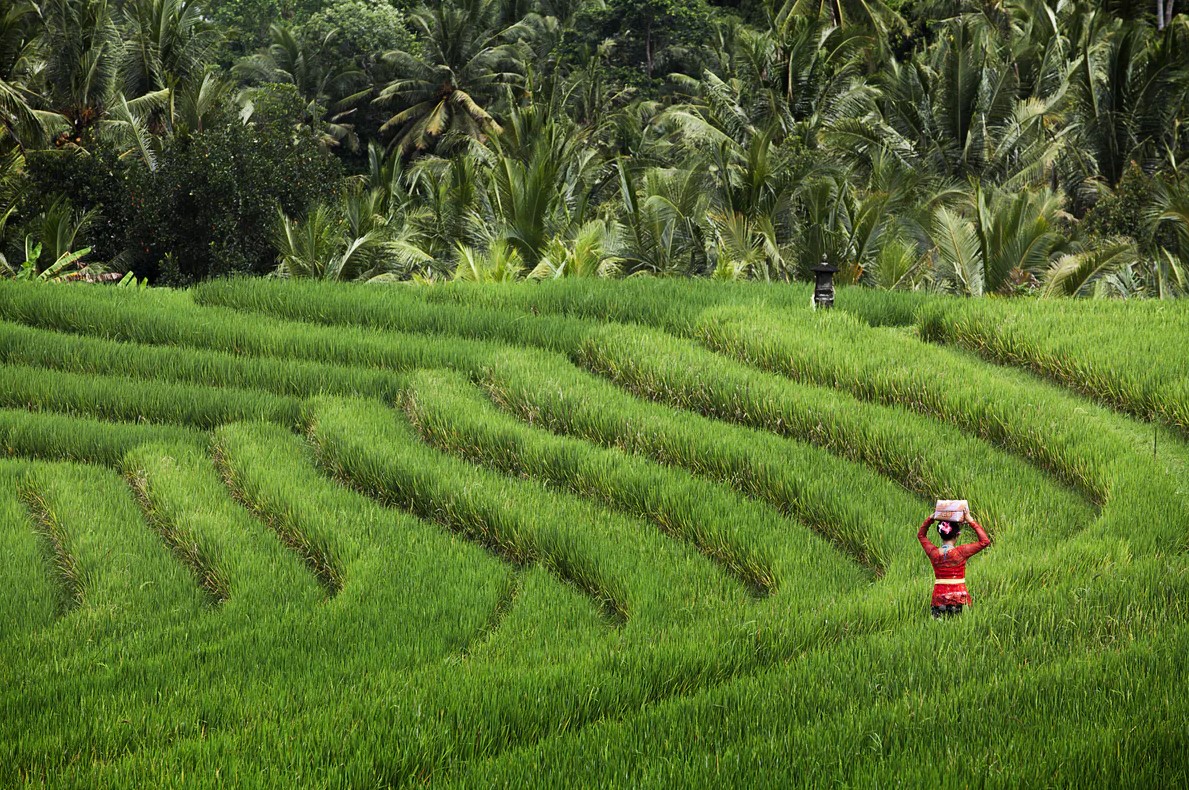
The origins of the Subak system can be traced back to the 9th century, during the rise of Balinese kingdoms. Subak, meaning "cooperation" in Balinese, reflects the essence of communal efforts in managing water resources for agriculture. Balinese farmers ingeniously designed a cooperative irrigation network to harness the abundant rainfall and intricate waterways of the island.
As villages expanded and agriculture became more complex, the Subak system evolved, embracing sustainable practices and traditional rituals. The system embodies the Tri Hita Karana philosophy, a Balinese concept of maintaining harmonious relationships between humans, nature, and the divine.
Historical evidence suggests that the Subak system has been known by the Balinese people since the 11th century AD. The Raja Purana Klungkung Inscription (994 Saka/1072 AD) mentions the word “kasuwakara,” believed to be the origin of the word “suwak,” which later evolved into “subak.” The Lontar Markandeya Purana, ancient palm leaf manuscripts, also discuss the origins of Besakih Village and Besakih Temple, linking the existence of subak to pre-11th century AD times.
Religious Significance
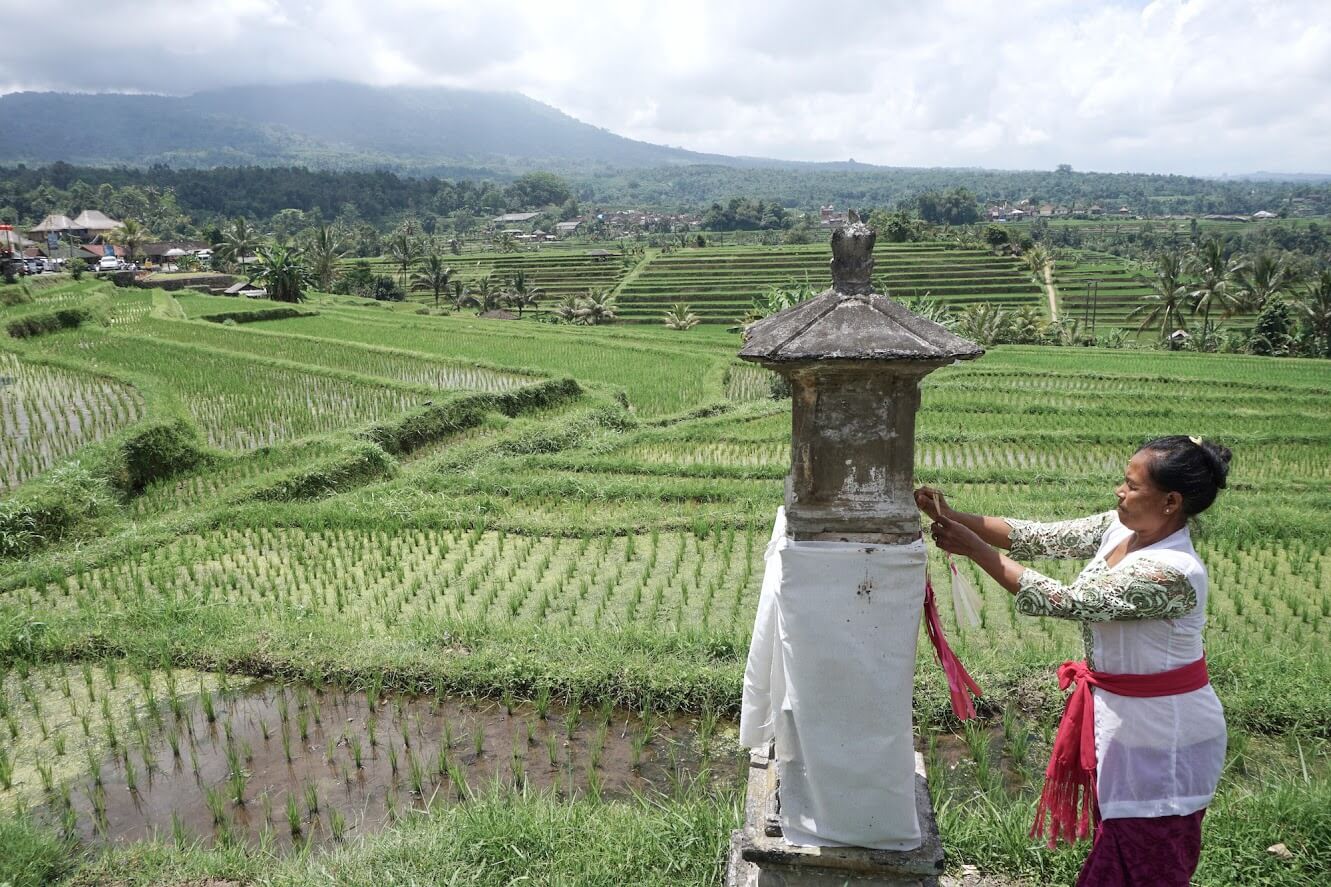
Embedded within the intricate structure of the subak organization lies a rich tapestry of religious ceremonies, essential to the Balinese farmers. These rituals, intricately choreographed and diversified, pay homage to principal deities like Dewi Sri, goddess of rice, and Dewi Danu, goddess of the lake—the primary source of irrigation. Invoking blessings and warding off potential adversities, the ceremonies encompass offerings, prayers, and mantras chanted for specific outcomes, reflecting the deep-seated spiritual connection to the land.
The Subak calendar includes sixteen distinct rituals, each serving a unique purpose in the agricultural cycle. Group ceremonies such as mapag toya mark the onset of planting season, while individual rituals like pangwiwit, conducted by local priests, occur before seed-bed preparation. The hierarchical placement of shrines and temples further underlines the spiritual bond with nature, culminating at the revered lake temples. This intricate nexus of religious practices echoes the harmony, tradition, and spiritual reverence that define the Subak system, embodying a cultural legacy that has withstood the test of time.
The Subak's Hydrological Marvel
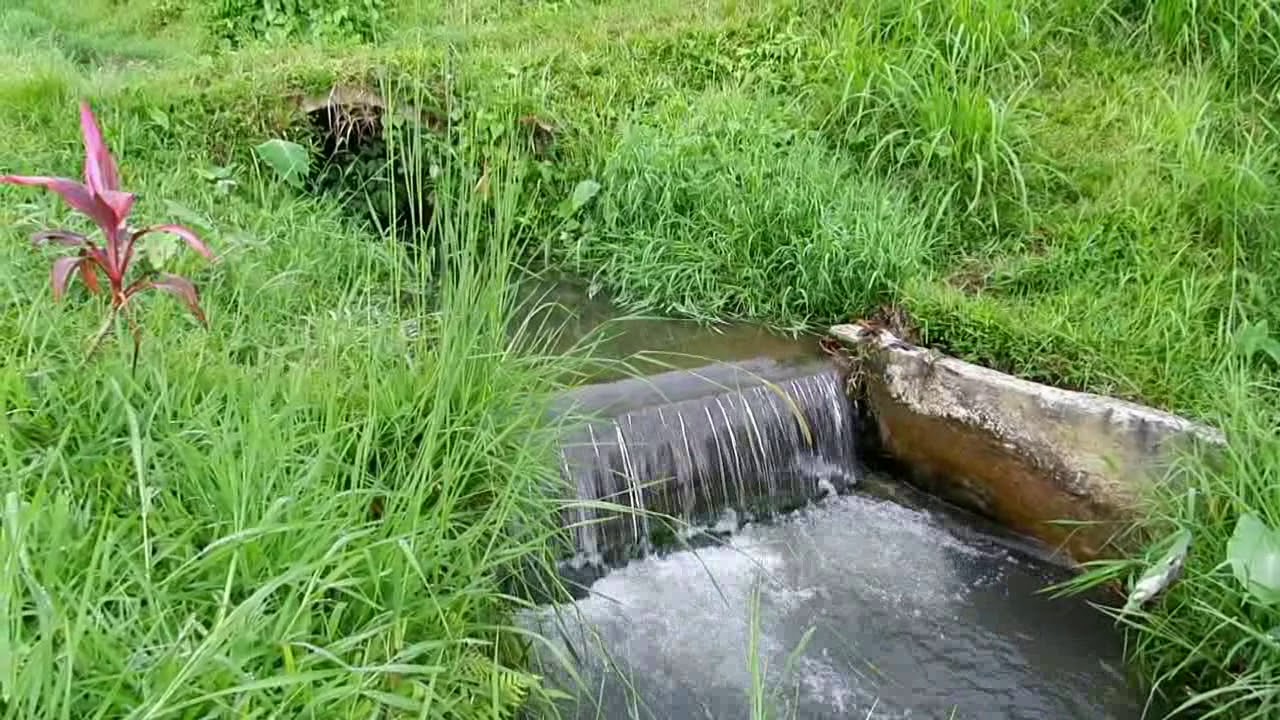
The Subak system is a masterpiece of hydrological engineering, showcasing a remarkable physical structure that ensures equitable water distribution across the paddy fields. A subak represents a collective of rice fields drawing water from a common source, typically covering an area of about 100 hectares, although sizes can range from 4 to 600 hectares based on their location and geographical features. The boundaries of a subak are often defined by natural elements such as watersheds, creeks, valleys, or rivers.
Water's journey within the subak commences at a main water source, usually a river. Farmers construct weirs or dams to divert water into canals, carefully designed and maintained by the farmers themselves. The canals may undergo multiple redirections, eventually leading to specific rice field plots. The interconnectedness of the plots is facilitated by ingenious aqueducts, bamboo pipes, or underground tunnels, ensuring an equitable distribution of water among farmers. At scheduled intervals, farmers release water into their neighboring sections, maintaining an efficient system of sharing until the last farmer returns the water to the main source downstream.
This intricate hydrological network, resembling a vine-like structure, illustrates a collaborative sharing of water through canals and embankments, employing simple tools to navigate water flows. The precision and engineering acumen involved in managing this system are truly awe-inspiring. Temples strategically placed within this network serve as sacred landmarks where water is diverted, underscoring the spiritual and cultural dimensions woven into this engineering marvel.
The Intricate Organizational Structure
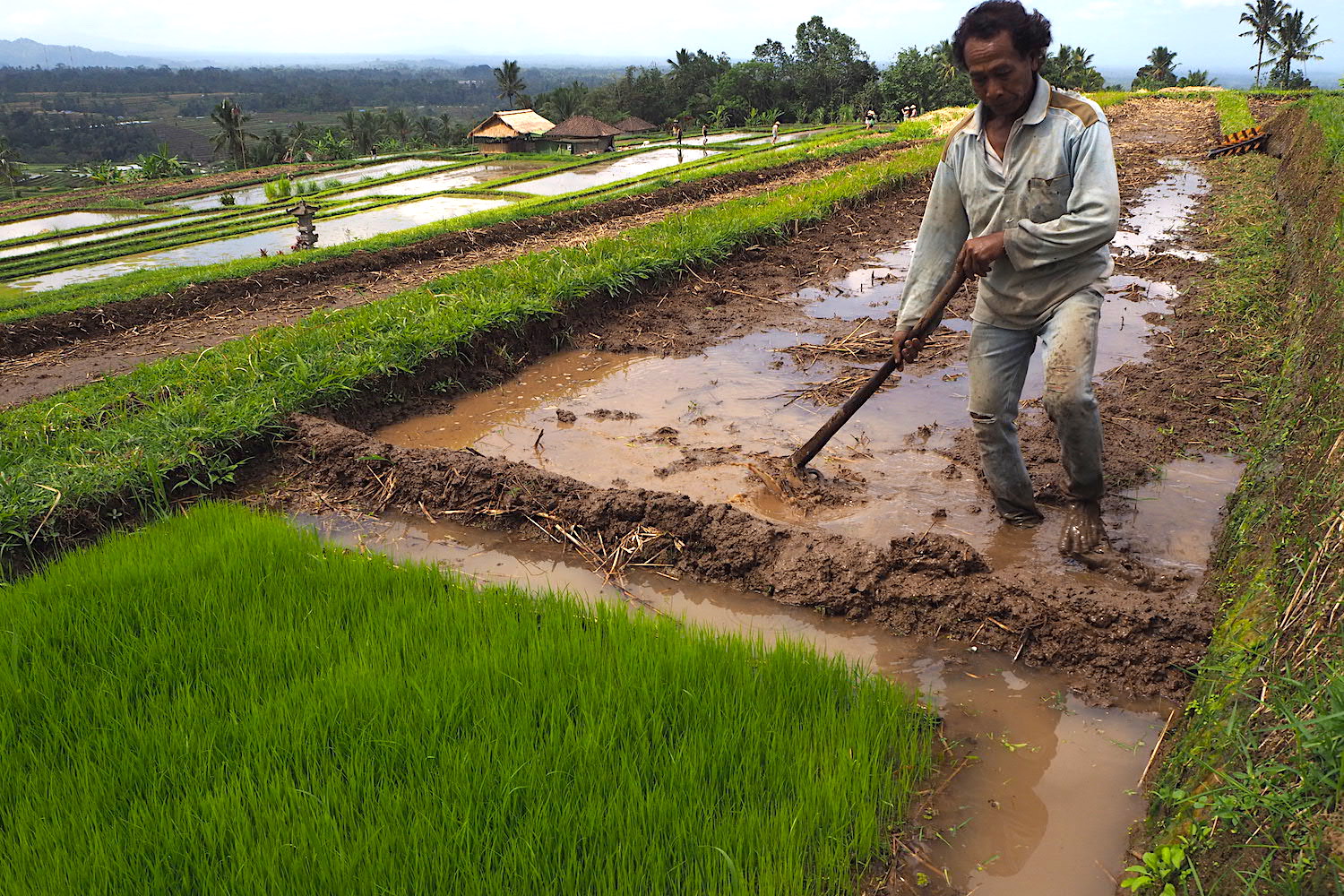
The Subak system is regulated by 'Pekaseh', a traditional leader who is chosen amongst the farmers. This non-governmental system carefully manages the distribution of irrigation flows to each plot of rice fields. The system is structured in groups with various positions like Pekaseh (subak chairman), Petajuh (deputy Pekaseh), Penyarikan (clerk), Petengen (treasurer), Kasinoman (courier), and others. Additionally, a sub-group of 20–40 farmers called ‘Munduk’ is chaired by a ‘Pengliman’.
The farmers follow a cyclical planting and harvesting pattern, synchronized with the water temple rituals. Water is allocated based on the subak's established schedules, fostering collaboration and eliminating disputes over water usage.
Cultural Impact and Symbolism
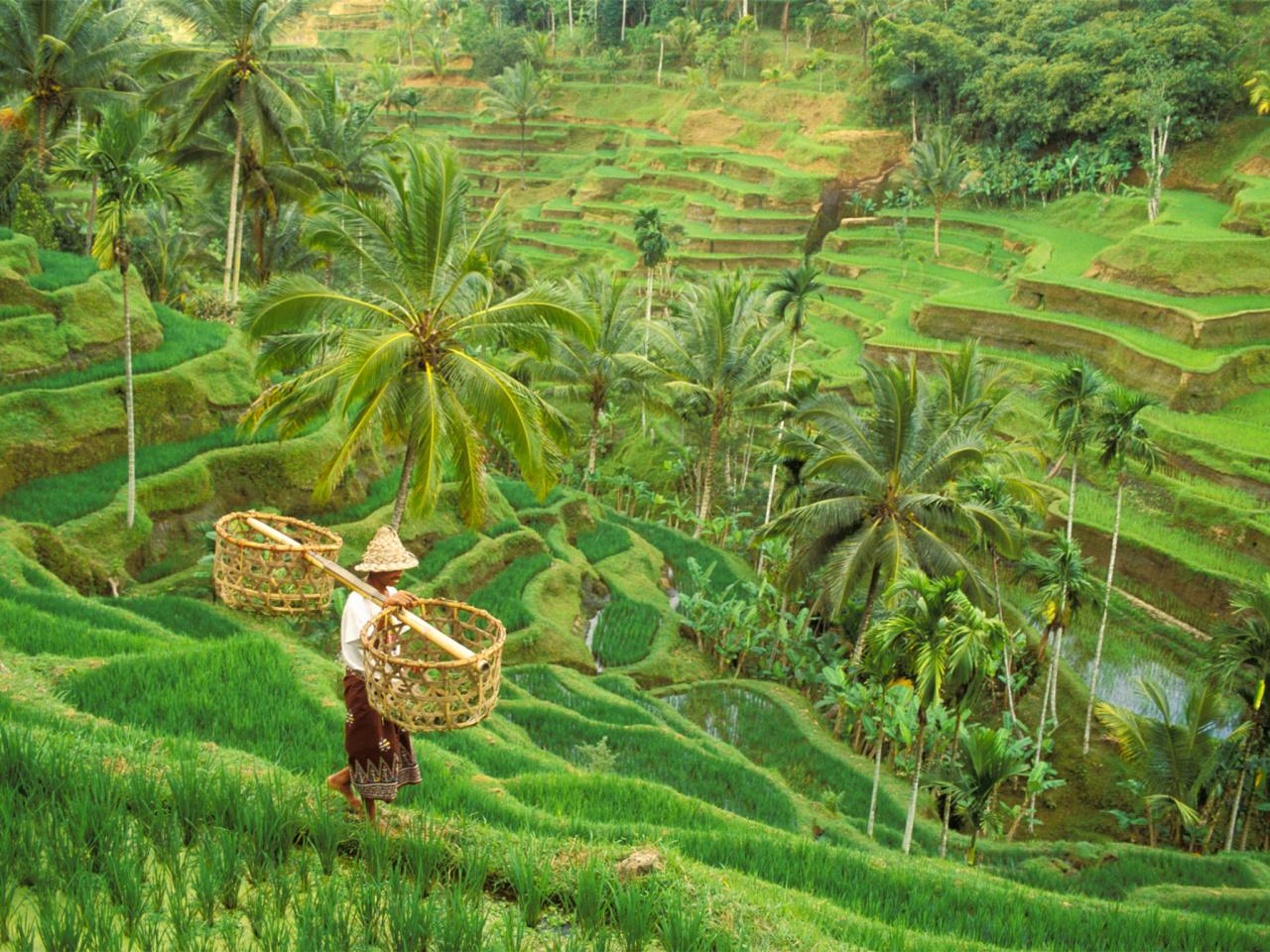
The Subak system holds profound cultural significance for the Balinese people. It represents the sacred relationship between humans and nature, reflecting the island's Hindu belief system. Balinese ceremonies, rituals, and festivals often integrate the Subak system as a symbol of unity and balance with nature.
In addition to its structural system, the Balinese Subak also has uniqueness in terms of the religious rituals that take place within it. These rituals are both individual and group-based, encompassing various stages of rice cultivation, from hoeing to storage. The rituals serve to maintain a symbiotic relationship between human activities and the environment.
UNESCO Recognition and Preservation Efforts
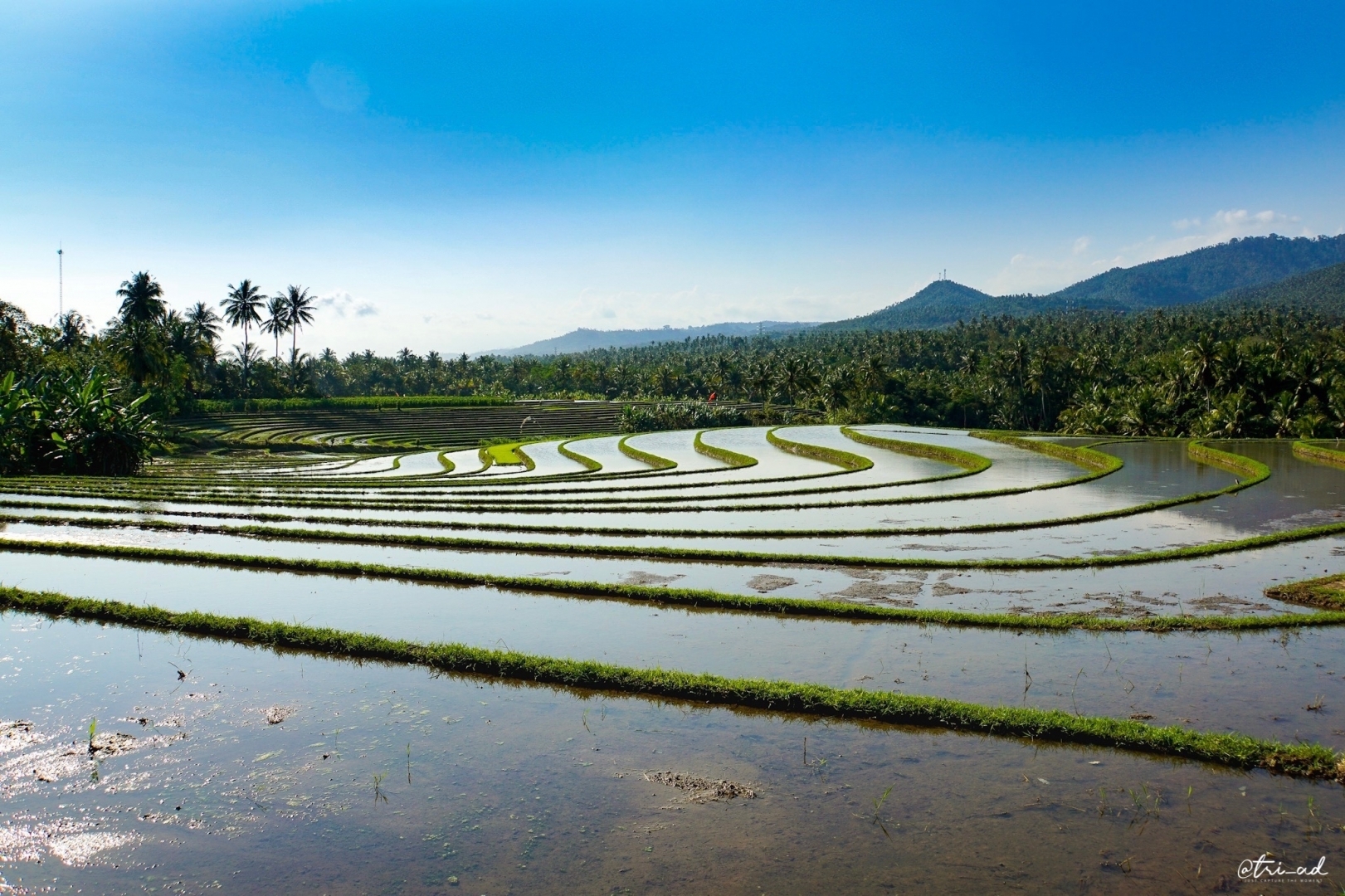
In 2012, UNESCO designated the Subak system as a World Heritage Site, recognizing its cultural, historical, and environmental importance. This accolade aimed to raise global awareness about the system's value and the need for its preservation amidst modernization and climate change.
The designation not only brought international attention to the Subak system but also mobilized efforts to safeguard its integrity. Preservation initiatives focus on maintaining traditional farming practices, water management techniques, and protecting the fragile ecosystem surrounding the rice terraces.
Effectiveness and Sustainability
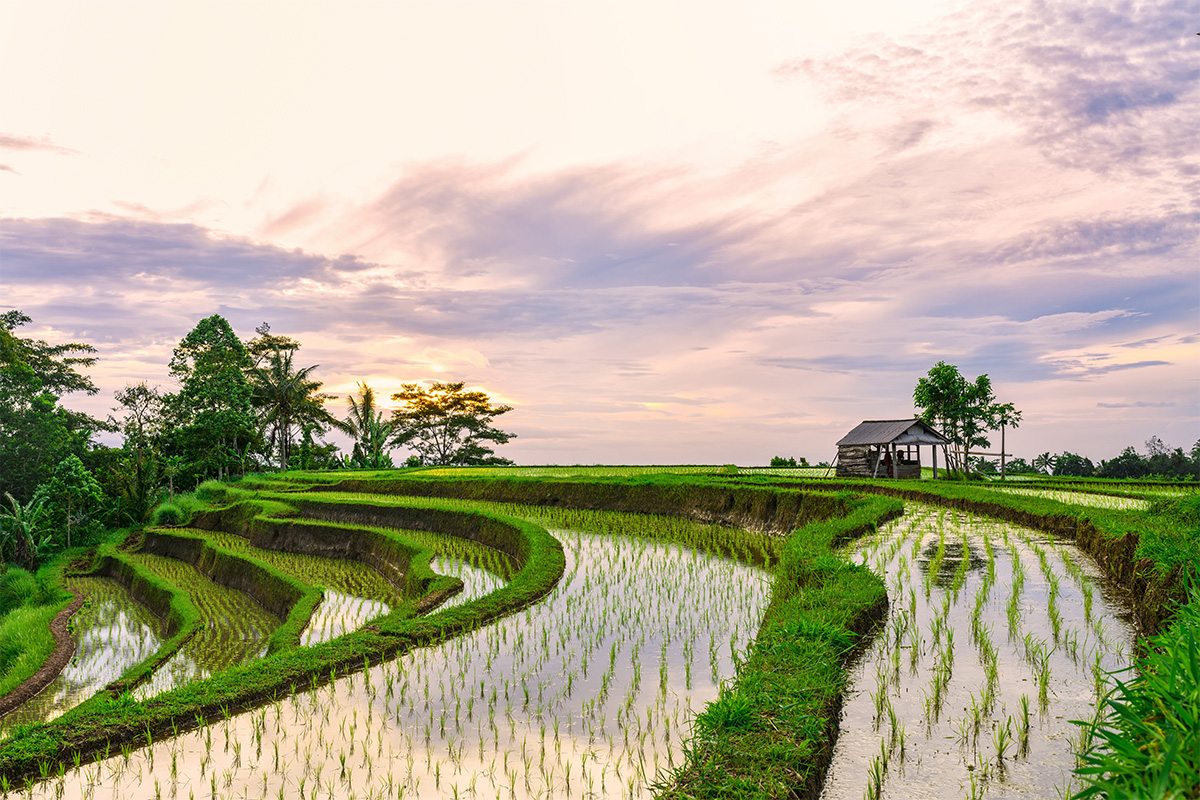
The Subak irrigation system has remained sustainable in the culture of rural communities in Bali for centuries and continues to this day. It has been recognized by international agricultural experts like John S. Amber as a superior and advanced irrigation management principle. Its balanced water management ensures a steady rice supply and promotes environmental stability by reducing soil erosion and minimizing the use of harmful chemicals.
In an era where sustainable agricultural practices are paramount, the Subak system stands as an inspiring model for embracing traditional wisdom to address contemporary challenges of food security and environmental sustainability.



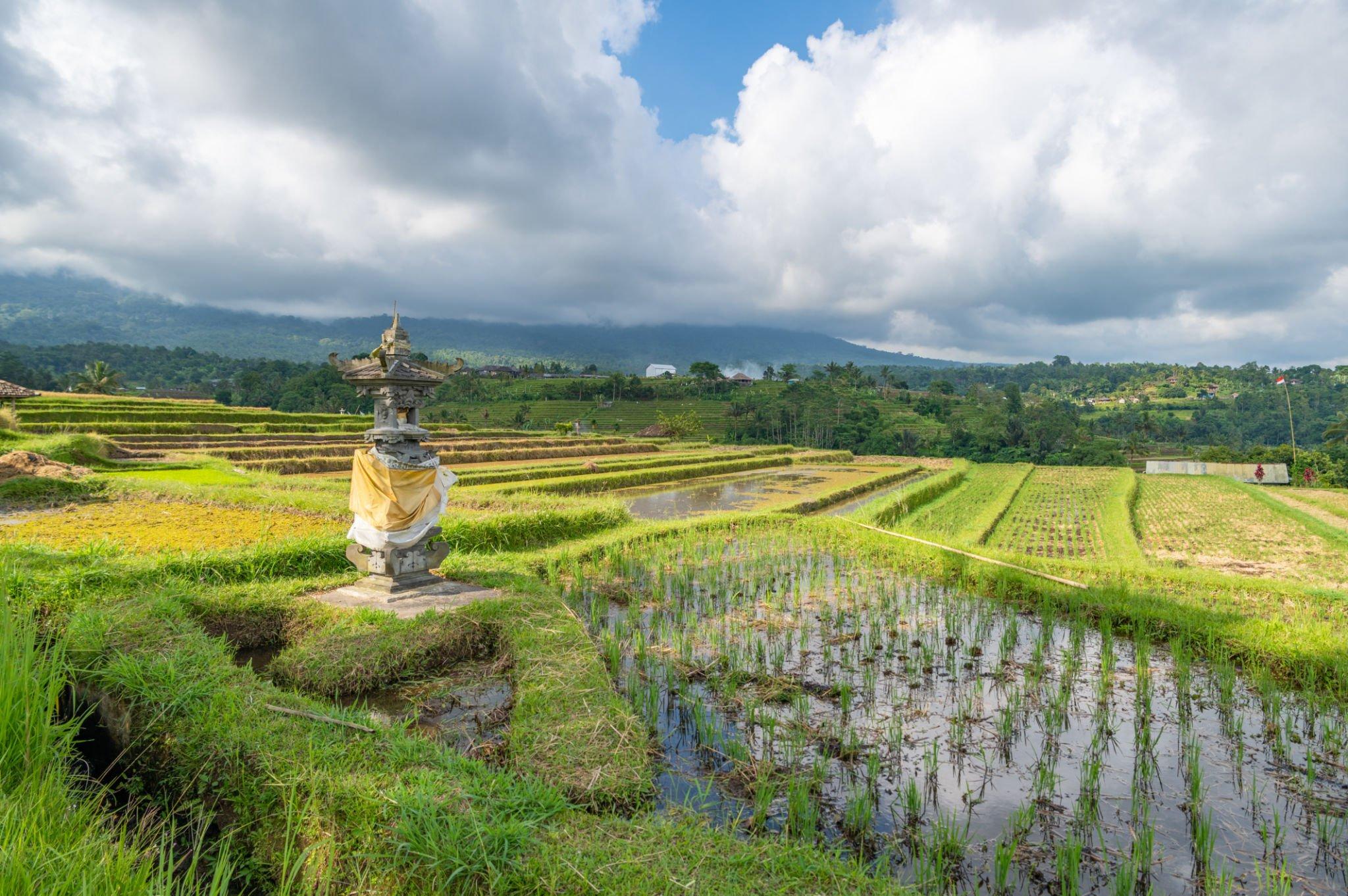
 Billy Bagus
Billy Bagus
 Oct 06, 2023
Oct 06, 2023
